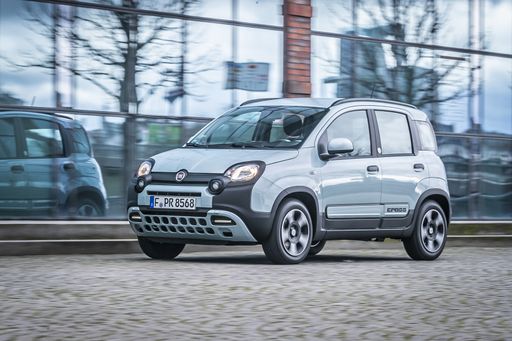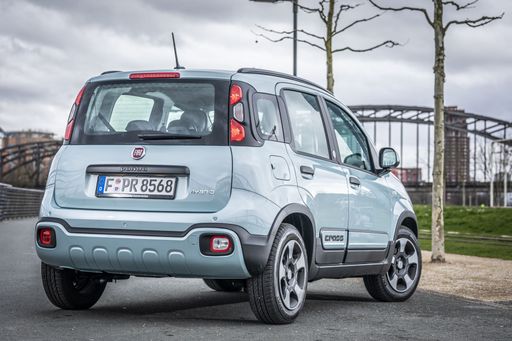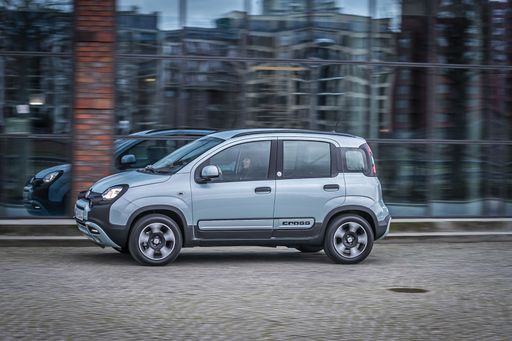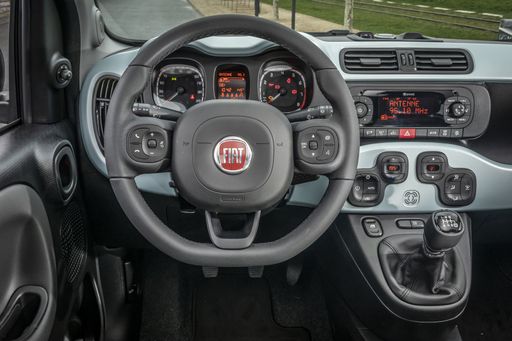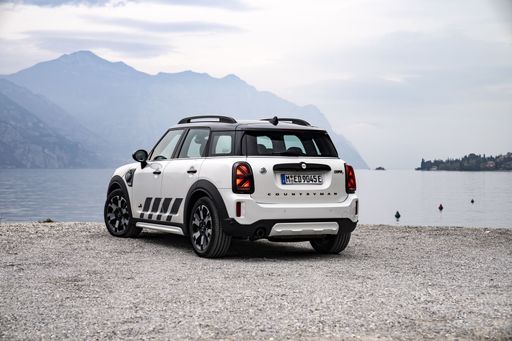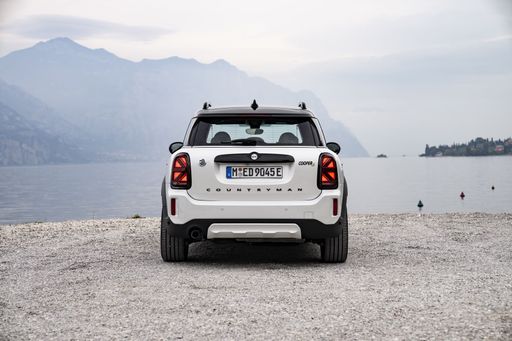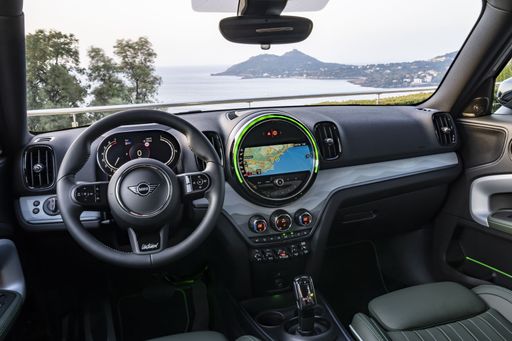Engine and Performance:
Power, torque and acceleration are the classic benchmarks for car enthusiasts – and here, some clear differences start to show.
When it comes to engine power, the MINI Countryman has a significantly edge – offering 313 HP compared to 70 HP. That’s roughly 243 HP more horsepower.
In acceleration from 0 to 100 km/h, the MINI Countryman is clearly quicker – completing the sprint in 5.40 s, while the Fiat Panda takes 13.90 s. That’s about 8.50 s faster.
In terms of top speed, the MINI Countryman performs noticeable better – reaching 250 km/h, while the Fiat Panda tops out at 164 km/h. The difference is around 86 km/h.
There’s also a difference in torque: MINI Countryman pulls convincingly stronger with 494 Nm compared to 92 Nm. That’s about 402 Nm difference.


